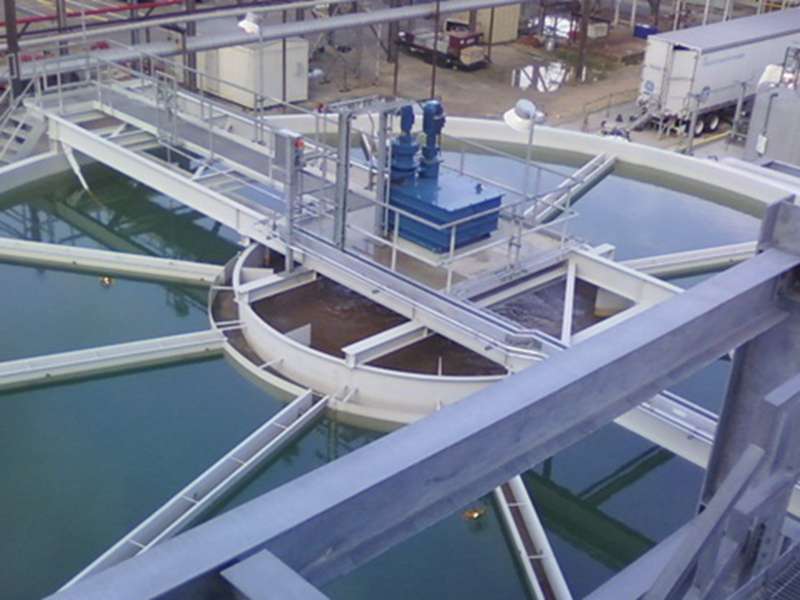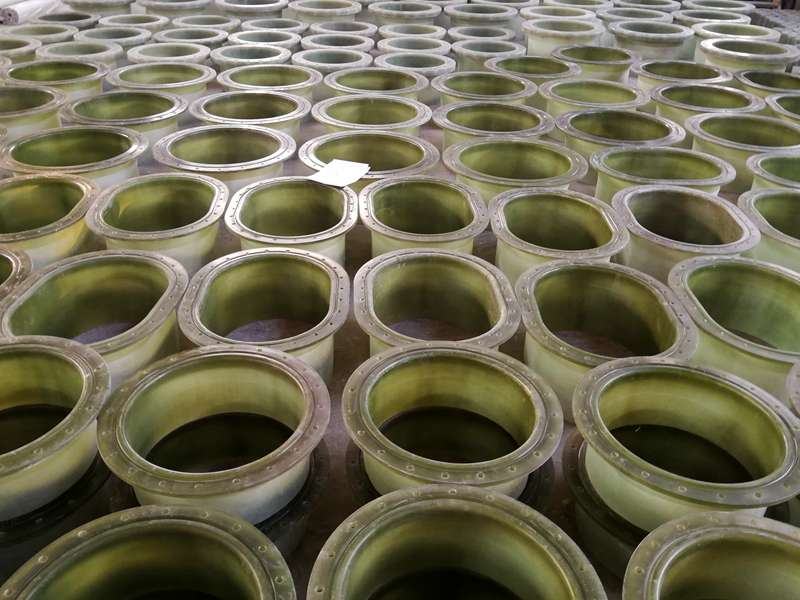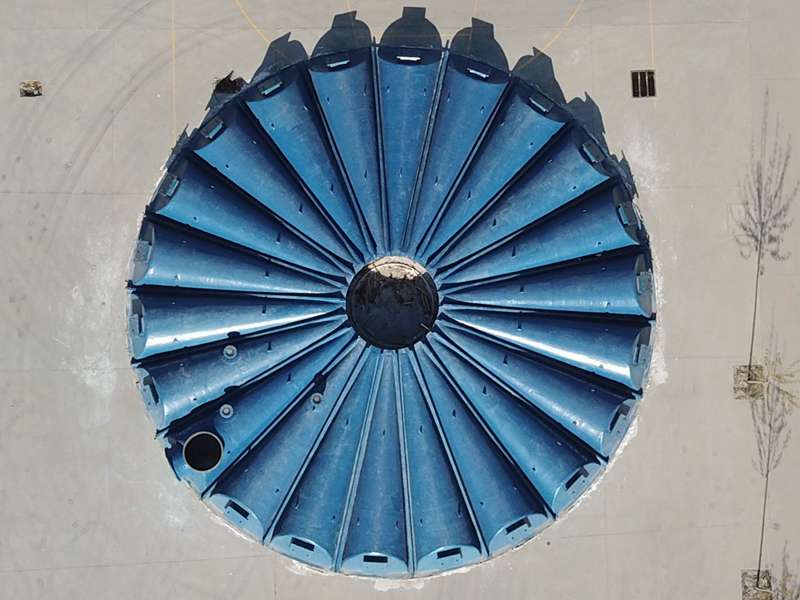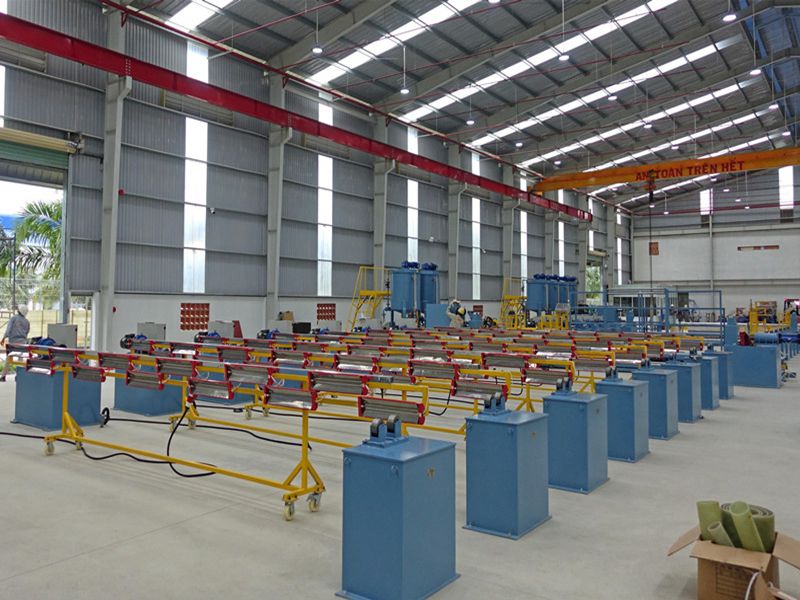
-
 Afrikaans
Afrikaans -
 Albanian
Albanian -
 Amharic
Amharic -
 Arabic
Arabic -
 Armenian
Armenian -
 Azerbaijani
Azerbaijani -
 Basque
Basque -
 Belarusian
Belarusian -
 Bengali
Bengali -
 Bosnian
Bosnian -
 Bulgarian
Bulgarian -
 Catalan
Catalan -
 Cebuano
Cebuano -
 China
China -
 China (Taiwan)
China (Taiwan) -
 Corsican
Corsican -
 Croatian
Croatian -
 Czech
Czech -
 Danish
Danish -
 Dutch
Dutch -
 English
English -
 Esperanto
Esperanto -
 Estonian
Estonian -
 Finnish
Finnish -
 French
French -
 Frisian
Frisian -
 Galician
Galician -
 Georgian
Georgian -
 German
German -
 Greek
Greek -
 Gujarati
Gujarati -
 Haitian Creole
Haitian Creole -
 hausa
hausa -
 hawaiian
hawaiian -
 Hebrew
Hebrew -
 Hindi
Hindi -
 Miao
Miao -
 Hungarian
Hungarian -
 Icelandic
Icelandic -
 igbo
igbo -
 Indonesian
Indonesian -
 irish
irish -
 Italian
Italian -
 Japanese
Japanese -
 Javanese
Javanese -
 Kannada
Kannada -
 kazakh
kazakh -
 Khmer
Khmer -
 Rwandese
Rwandese -
 Korean
Korean -
 Kurdish
Kurdish -
 Kyrgyz
Kyrgyz -
 Lao
Lao -
 Latin
Latin -
 Latvian
Latvian -
 Lithuanian
Lithuanian -
 Luxembourgish
Luxembourgish -
 Macedonian
Macedonian -
 Malgashi
Malgashi -
 Malay
Malay -
 Malayalam
Malayalam -
 Maltese
Maltese -
 Maori
Maori -
 Marathi
Marathi -
 Mongolian
Mongolian -
 Myanmar
Myanmar -
 Nepali
Nepali -
 Norwegian
Norwegian -
 Norwegian
Norwegian -
 Occitan
Occitan -
 Pashto
Pashto -
 Persian
Persian -
 Polish
Polish -
 Portuguese
Portuguese -
 Punjabi
Punjabi -
 Romanian
Romanian -
 Russian
Russian -
 Samoan
Samoan -
 Scottish Gaelic
Scottish Gaelic -
 Serbian
Serbian -
 Sesotho
Sesotho -
 Shona
Shona -
 Sindhi
Sindhi -
 Sinhala
Sinhala -
 Slovak
Slovak -
 Slovenian
Slovenian -
 Somali
Somali -
 Spanish
Spanish -
 Sundanese
Sundanese -
 Swahili
Swahili -
 Swedish
Swedish -
 Tagalog
Tagalog -
 Tajik
Tajik -
 Tamil
Tamil -
 Tatar
Tatar -
 Telugu
Telugu -
 Thai
Thai -
 Turkish
Turkish -
 Turkmen
Turkmen -
 Ukrainian
Ukrainian -
 Urdu
Urdu -
 Uighur
Uighur -
 Uzbek
Uzbek -
 Vietnamese
Vietnamese -
 Welsh
Welsh -
 Bantu
Bantu -
 Yiddish
Yiddish -
 Yoruba
Yoruba -
 Zulu
Zulu
Exploring the Benefits and Applications of FRP Fittings in Modern Construction and Engineering Projects
Understanding FRP Fittings A Key Component in Modern Construction
Fiber Reinforced Polymer (FRP) fittings have emerged as a crucial component in various industries, particularly in construction and infrastructure development. Their unique properties, stemming from their composite materials, make them invaluable in applications where traditional materials may fall short. This article explores the characteristics, benefits, and applications of FRP fittings, highlighting why they are becoming increasingly popular in modern construction projects.
What Are FRP Fittings?
FRP fittings are components made from fiber-reinforced polymers, which combine a polymer matrix with reinforced fibers, typically glass, carbon, or aramid. This composite structure allows for enhanced mechanical properties, including increased tensile strength, corrosion resistance, and reduced weight compared to traditional materials like steel or concrete. The fittings can include pipes, joints, connections, and various shapes tailored to specific applications.
Benefits of FRP Fittings
1. Corrosion Resistance One of the standout features of FRP fittings is their excellent resistance to corrosion. This characteristic is particularly advantageous in environments exposed to harsh chemicals or moisture, such as wastewater treatment plants, chemical processing facilities, and marine environments. Unlike metal fittings, which can rust and degrade over time, FRP fittings maintain their integrity, leading to longer service life and lower maintenance costs.
2. Lightweight FRP fittings are significantly lighter than their metal counterparts, making them easier to transport and install. The reduced weight also translates to lower structural support requirements, further optimizing construction processes. This advantage is particularly beneficial in projects where weight considerations are critical, such as in high-rise buildings and bridges.
3. High Strength-to-Weight Ratio Despite their lightweight nature, FRP fittings offer impressive strength, making them ideal for various load-bearing applications. Their ability to withstand significant stress while remaining lightweight makes them suitable for use in structural and non-structural applications alike.
frp fittings
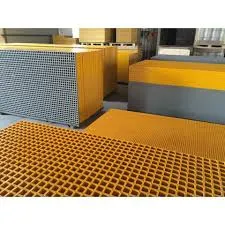
4. Customizability FRP fittings can be manufactured in a wide range of shapes, sizes, and configurations, allowing for tailored solutions to meet the specific needs of a project. This flexibility in design means that engineers and architects can implement FRP fittings in innovative ways that enhance the overall performance of their structures.
5. Thermal and Electrical Non-Conductivity Unlike metal fittings, FRP fittings do not conduct electricity or heat. This property is particularly useful in applications within electrical or telecommunications infrastructure, where insulation from electrical currents is essential.
Applications of FRP Fittings
FRP fittings are widely utilized across various sectors due to their numerous benefits. In the construction industry, they are often employed in piping systems, walkways, structural supports, and even facade elements. Their corrosion resistance makes them ideal for chemical and petrochemical plants, where exposure to aggressive substances is routine.
Moreover, in the oil and gas industry, FRP fittings are used for offshore platforms and pipelines, where durability and resistance to harsh environmental conditions are paramount. They are also finding increasing use in automotive and aerospace industries, where weight savings can directly contribute to improved fuel efficiency and performance.
Conclusion
As the demand for sustainable and efficient construction solutions continues to rise, FRP fittings stand out as an innovative alternative to traditional materials. Their unique properties, including corrosion resistance, lightweight, high strength, and customizability, make them indispensable in modern construction projects. As industries evolve and embrace new technologies, the role of FRP fittings is poised to grow, paving the way for safer, longer-lasting, and more efficient infrastructures worldwide.



